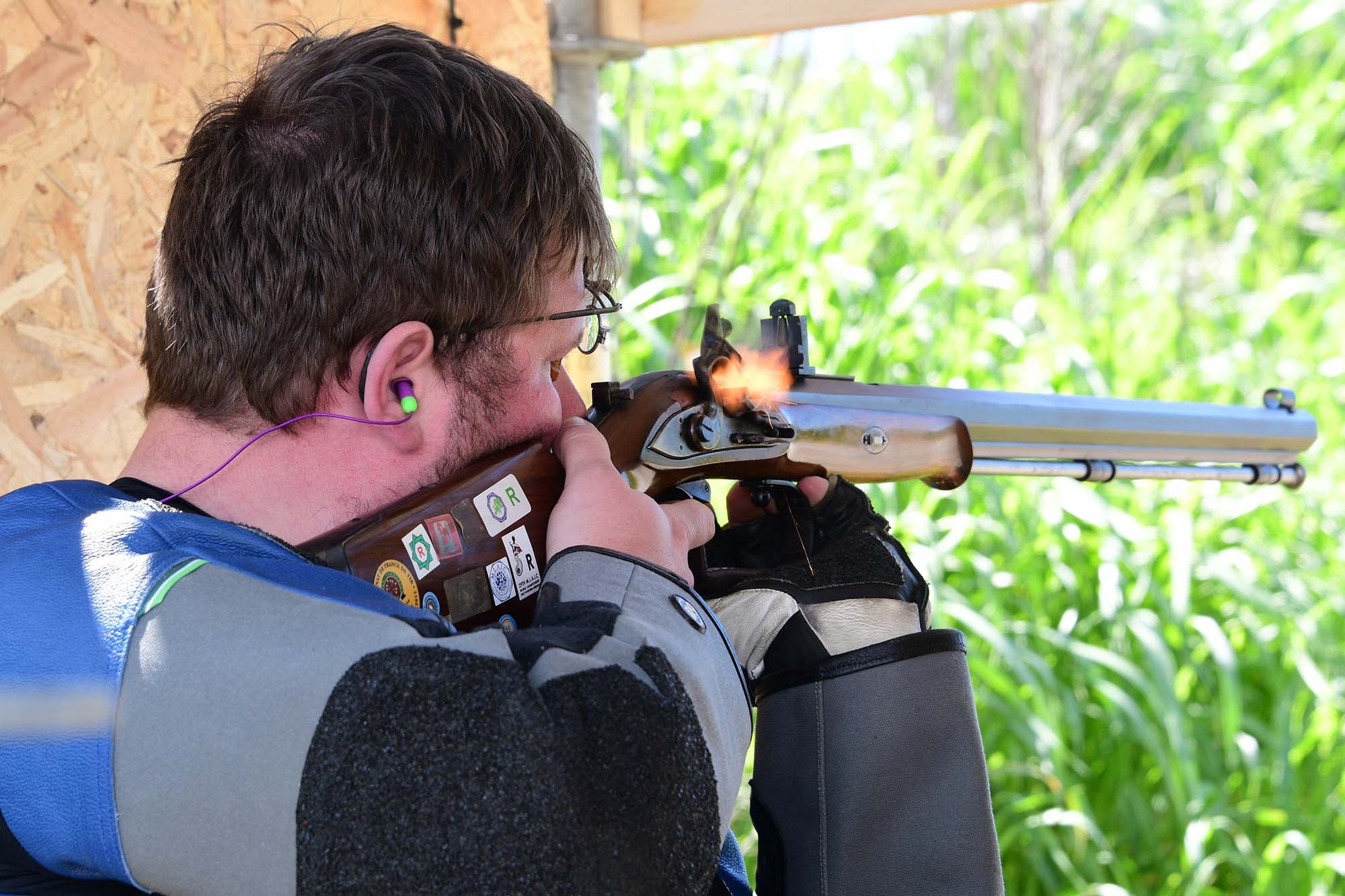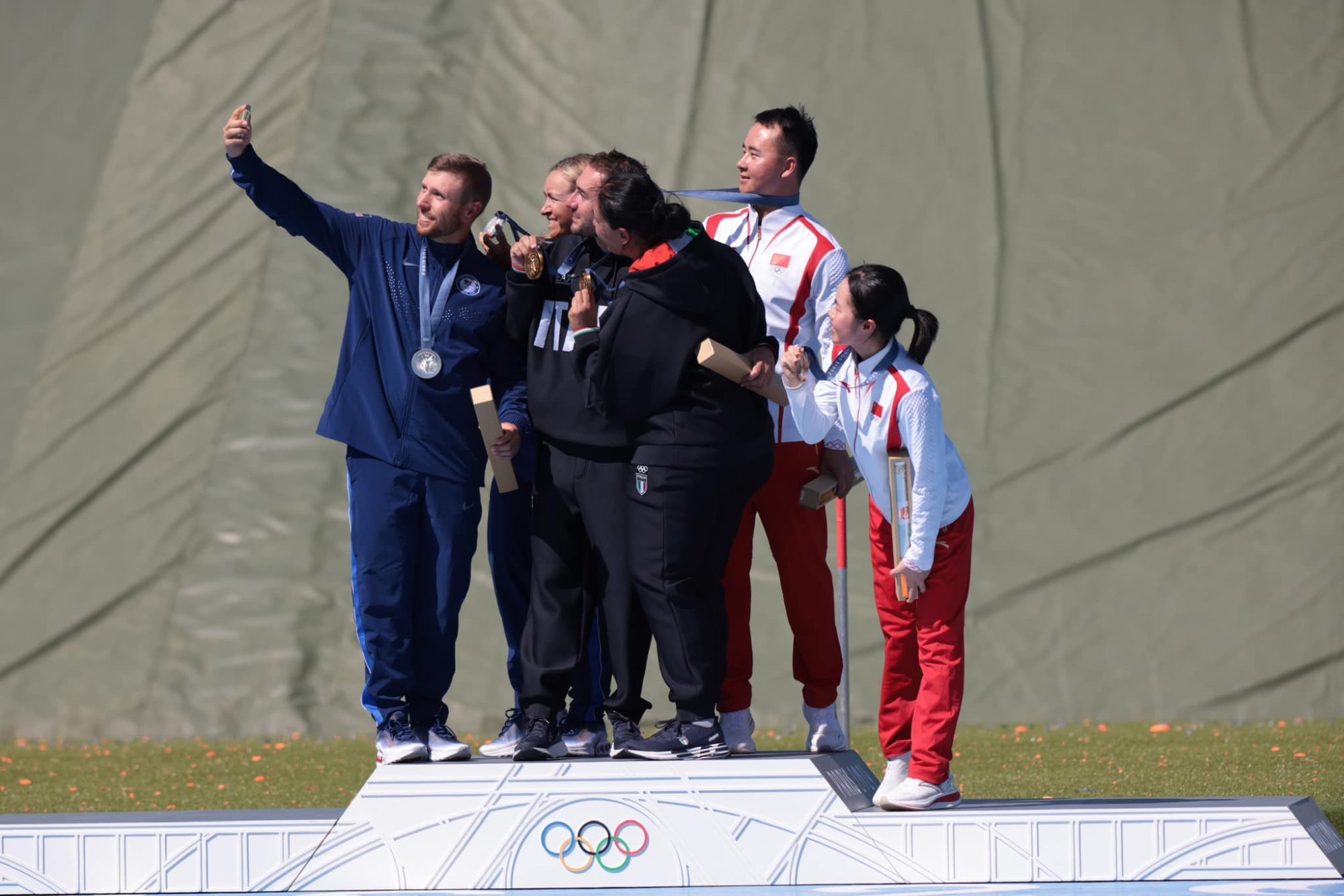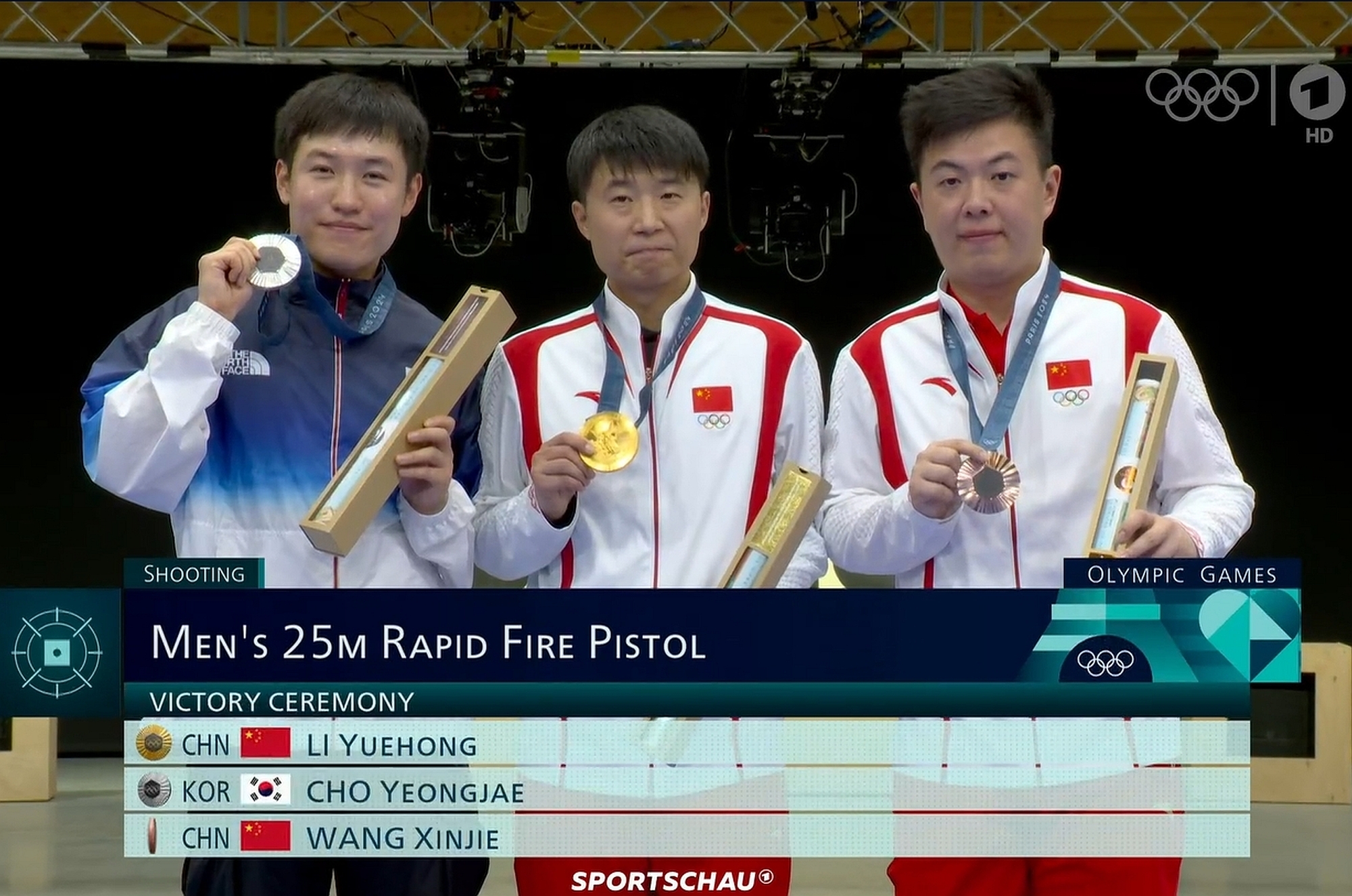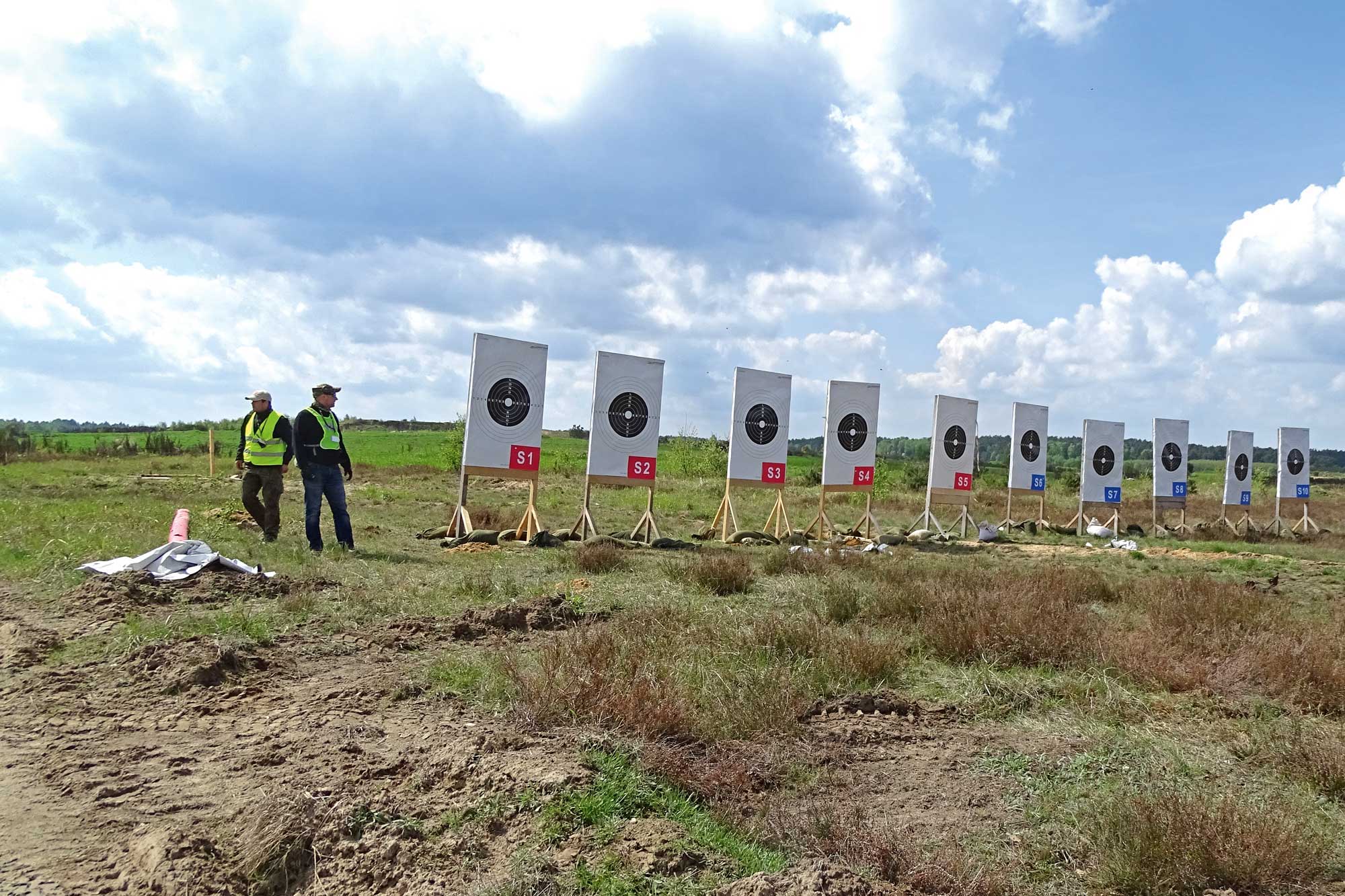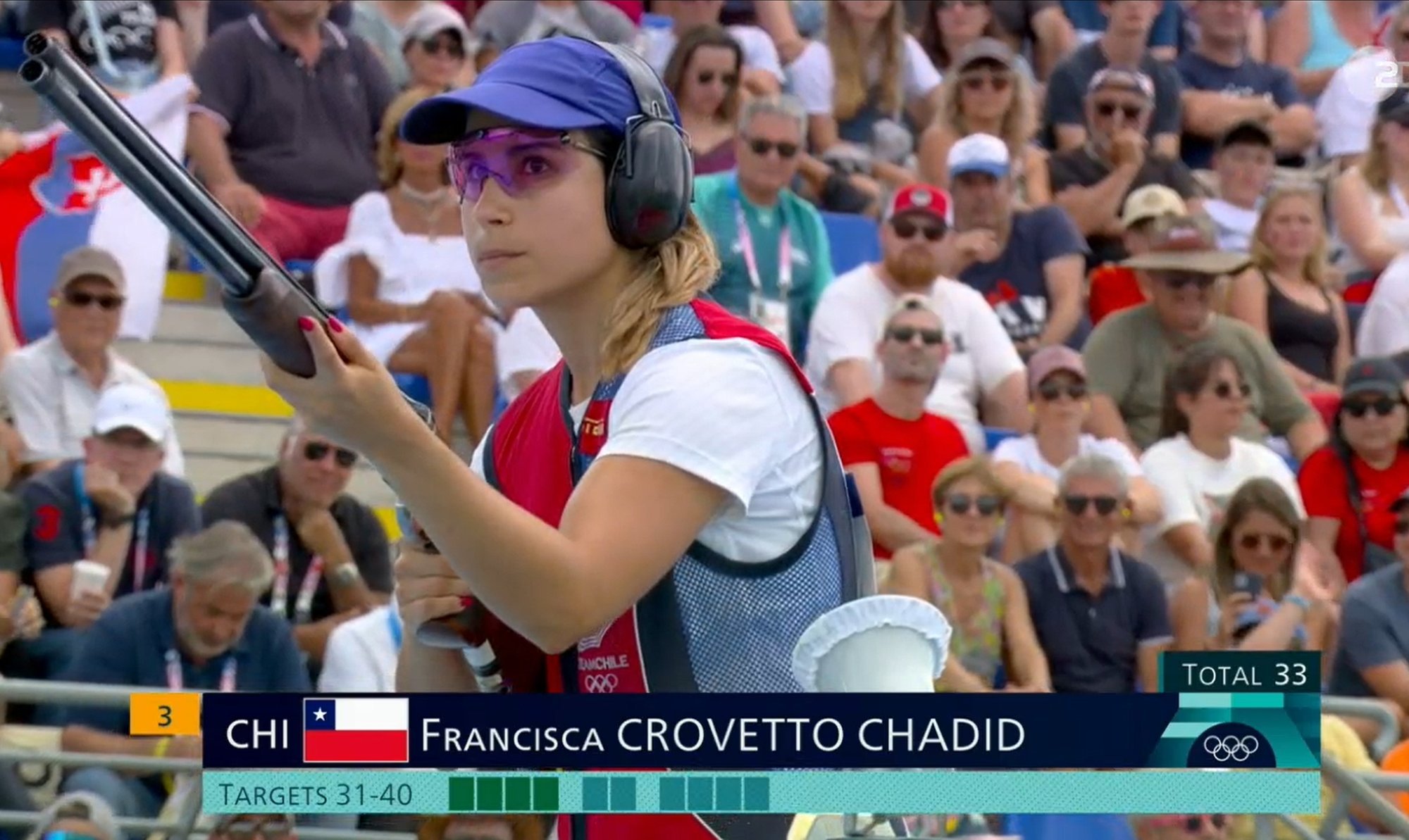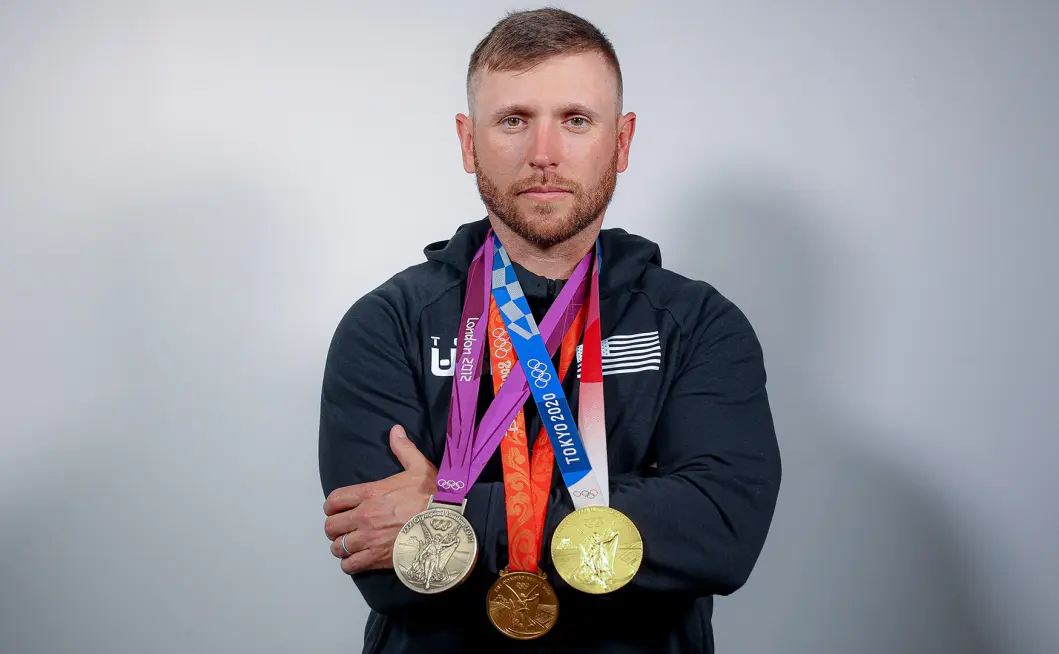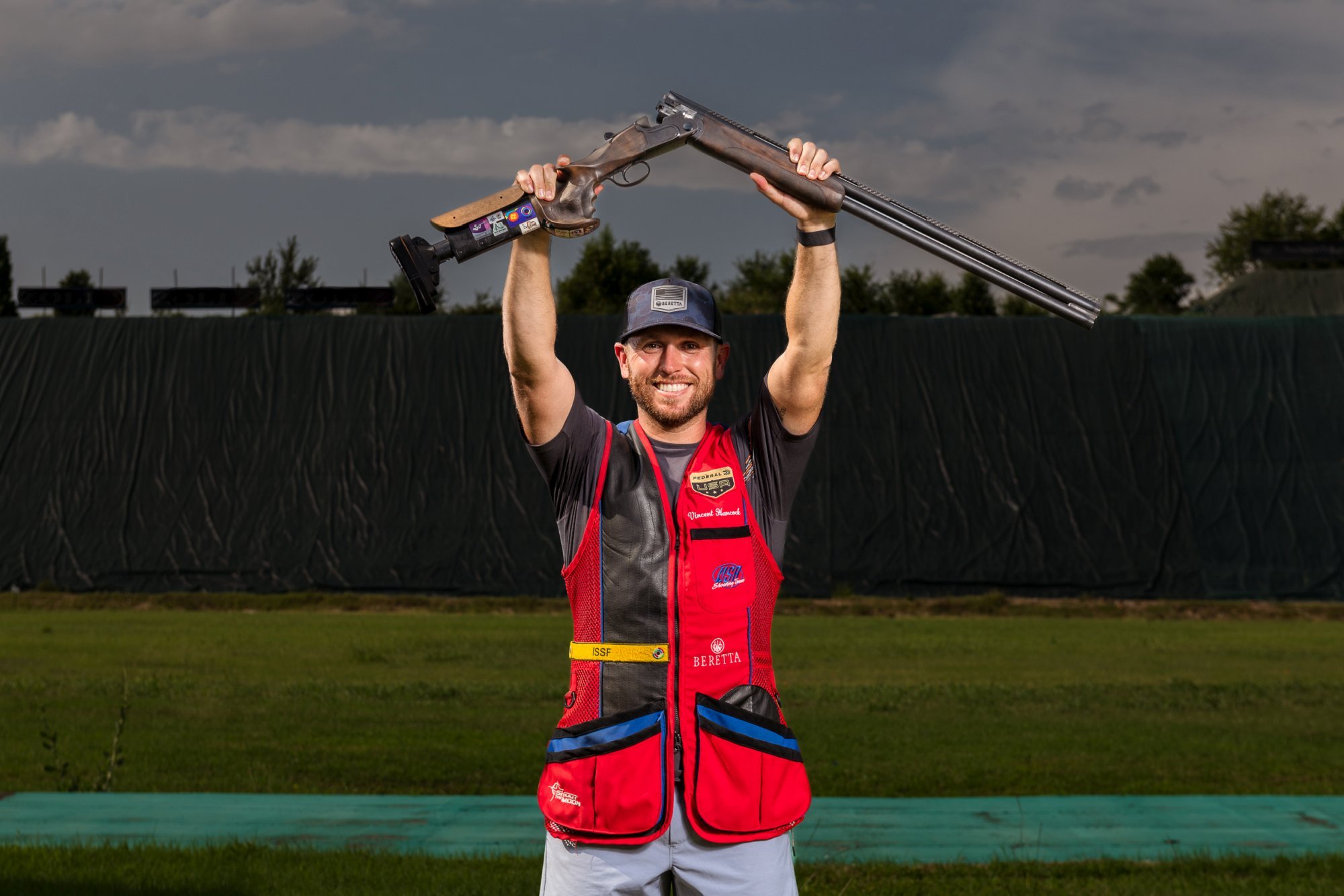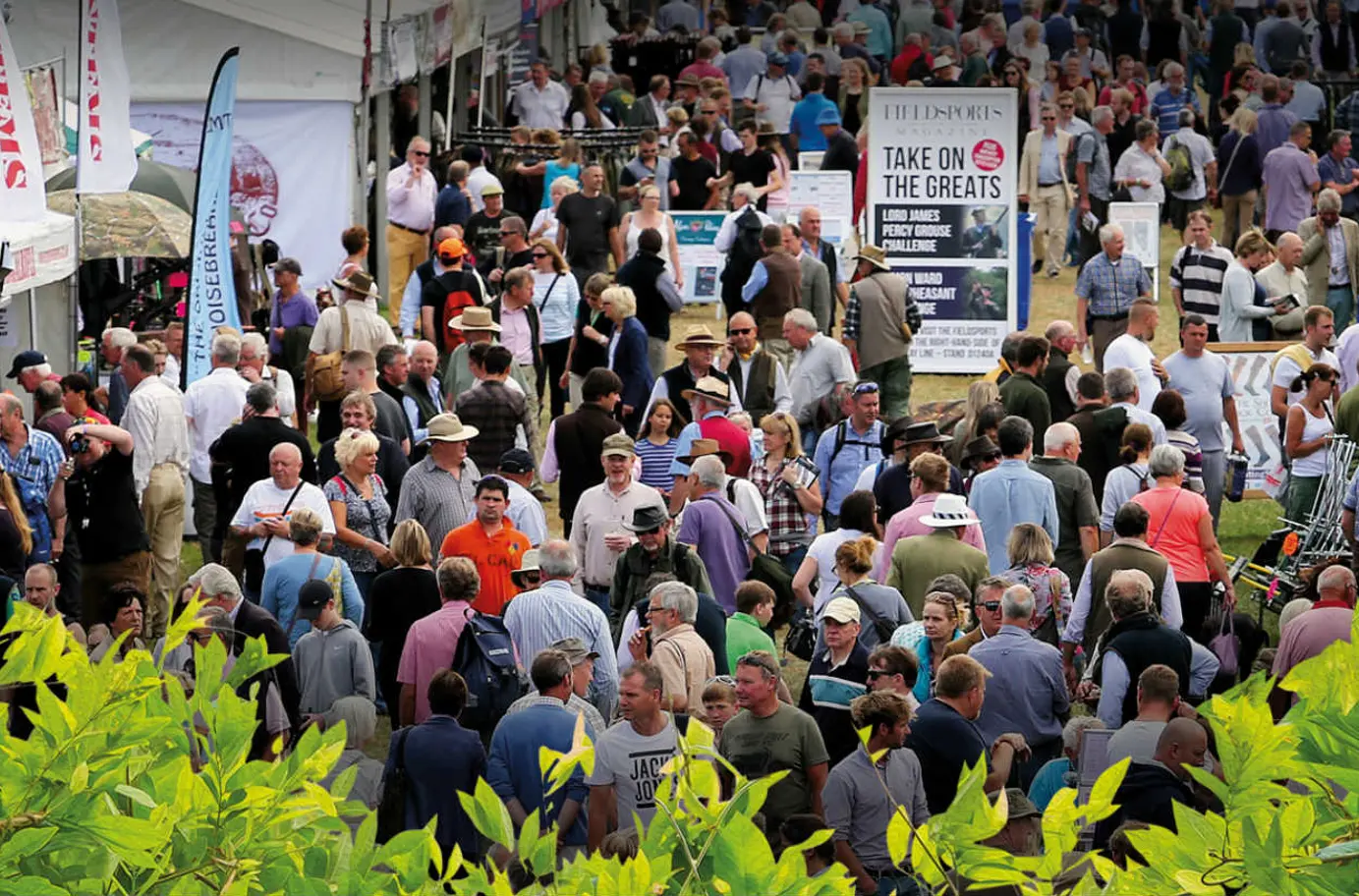In our last article in the "Perfect Pistol Shooting" series, we considered the connection between sporting success and the correct grip in pistol shooting. But as with the chosen gun ammunition or optics, the shooting technique depends on several factors too. That's why we want to give you the right tools, suggestions and tips for a correct posture.
Posture in dynamic shooting sports
Many shooters attach great importance to posture. But often this happens for the wrong reasons. As mentioned, posture does not have much to do with recoil control. Instead, the focus should rather be on mobility. When we define posture with the position from our feet up to the arms, the following 3 points deserve our attention:
The three pillars of correct posture when shooting:
- Mobility
- Stability
- Comfort
At this point it is important to understand that modern IPSC shooting has become an extremely dynamic sport. For long stages ("Long Courses”), the shooter spends the most time moving in and out of shooting positions. There are now only a few static shooting stages in IPSC shooting sports. It therefore goes without saying that a body posture is necessary that offers maximum mobility. Despite the primary need for mobility, we also need a certain stability in our posture. This is particularly noticeable when shooting targets on the move or while entering a shooting position. Anyone who can maintain a stable, balanced attitude while shooting here has a clear advantage. Last but not least, comfort should not be neglected. Only in exceptional cases does it pay to forego a more comfortable, natural shooting position for a more effective position.
But what about a shooting posture geared towards mobility, stability and comfort?
AFirst, the body is aligned at right angles to the target, as this most closely matches our natural posture. Feet are placed apart a little further than shoulder width for comfort or stability. It is recommended to move the foot on the holster side (i.e. the body side on which the holster is worn) a few inches back. From this posture, we can also effectively push ourselves towards a new shooting position.
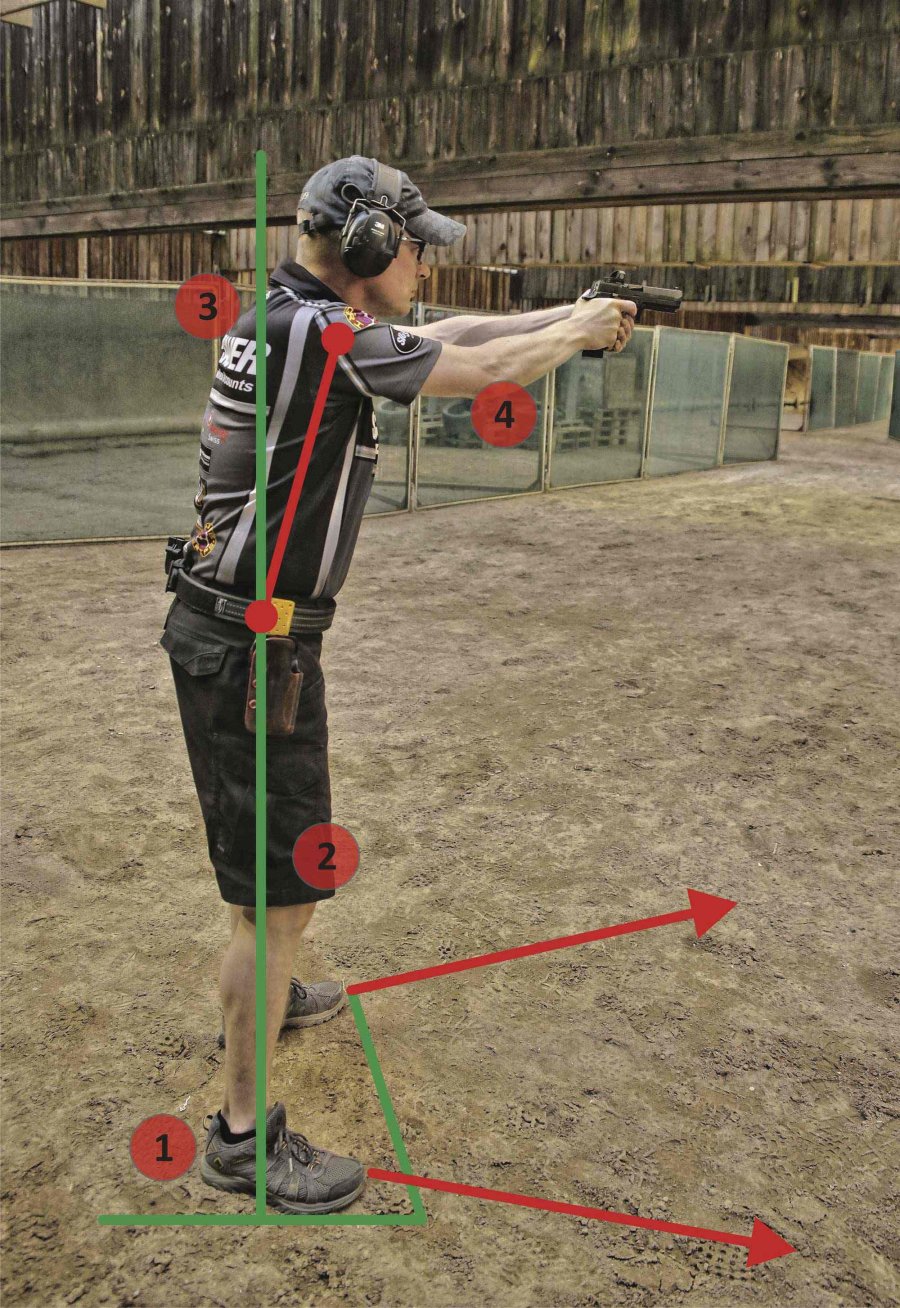
Another critical element is knee position. Our knees should be slightly bent so they can act as shock absorbers as we move back and forth on the shooting range. Let us now move to arm position. Seen from above, arms form an approximately isosceles triangle and seen from the side the arm of the weak hand is slightly higher. The only reason is that the weak hand can be placed higher on the gun (which also shifts the arm position upwards). Even if an aggressive stand or a pronounced leaning forward posture is often propagated, it should be noted that in contrast almost all top marksmen prefer a more or less vertical posture and only make sure that their focus is in front of the hip. As long as you are not thrown out of balance by recoil, a noticeable "leaning forward" is unnecessary. In short, given the large number of shooting positions in IPSC shooting, the answer to the question of optimal posture is not to look for a specific posture, but to look for fewer key elements. These are:
Key elements of correct posture:
- bent knees
- a forward-looking center of gravity
- stand perpendicular to the targetsv
As already mentioned, slightly bent knees allow us to use them effectively as shock absorbers, to shift our center of gravity downwards and thus to be able to better stabilize the gun when shooting on the move. In this context, however, attention should be paid to a typical "time eater". All too often, you can see shooters who go down nicely during the movement phase and then sit up in the static position. This costs only unnecessary time. Furthermore, make sure that the shoulders are always in front of the hips. Even this slight inclination in the body is completely sufficient to be balanced when shooting. This principle must be observed at all times. No matter if you shoot from a kneeling position, from a crouched posture or around a screen. And if the stage construction does not allow it, it is advisable to slow down the shooting cadence, so that you are not brought out of balance by recoil.
All in the right angle
Also, we have already mentioned the benefits of a right-angle shooting position. The harder the target, the more important it is to stand at right angles to it. The reason for this is revealed quite quickly after the following exercise. If the upper body is turned as far to the right or left as possible from the usual firing position, you can feel tension in the shoulder area. These tensions make it almost impossible to shoot fast and accurate. For simplicity’s sake, one can imagine two lines that emanate from both big toes and form a funnel. Every target we want to shoot at should be inside that cone.
Arms and elbows - how are they kept?
Now let us return to the arm/elbow position. For many, the assumption of being able to gain more control over the gun through outstretched arms seems intuitive and correct. But on the one hand, this can’t really be proven on the timer and, on the other hand, an attitude with clearly bent elbows has prevailed at the top. As a result, the gun moves slightly in the direction of the shooter and most feel this position as much more comfortable. Whether the elbows are kept outwards or downwards is a matter of taste and has no influence on the recoil control.
Let's get to the interesting point that the correct body position can speed up target transition. Most top shooters bind their legs during target transition and initiate the rotation to the next target by turning in the corresponding knee (instead of swinging only the upper body at the hip). That does not matter if you're close. But as the distance between the targets increases, it can have a noticeable effect. Why do we address this issue in connection with the correct posture? Quite simply, in order for the rotation/pivoting to be aggressively initiated with the legs, our lower body must be in a balanced, stable position. Only when our feet are placed firmly and more than shoulder-width apart on the ground, they can help us to initiate the rotation and offer a corresponding counter bearing.
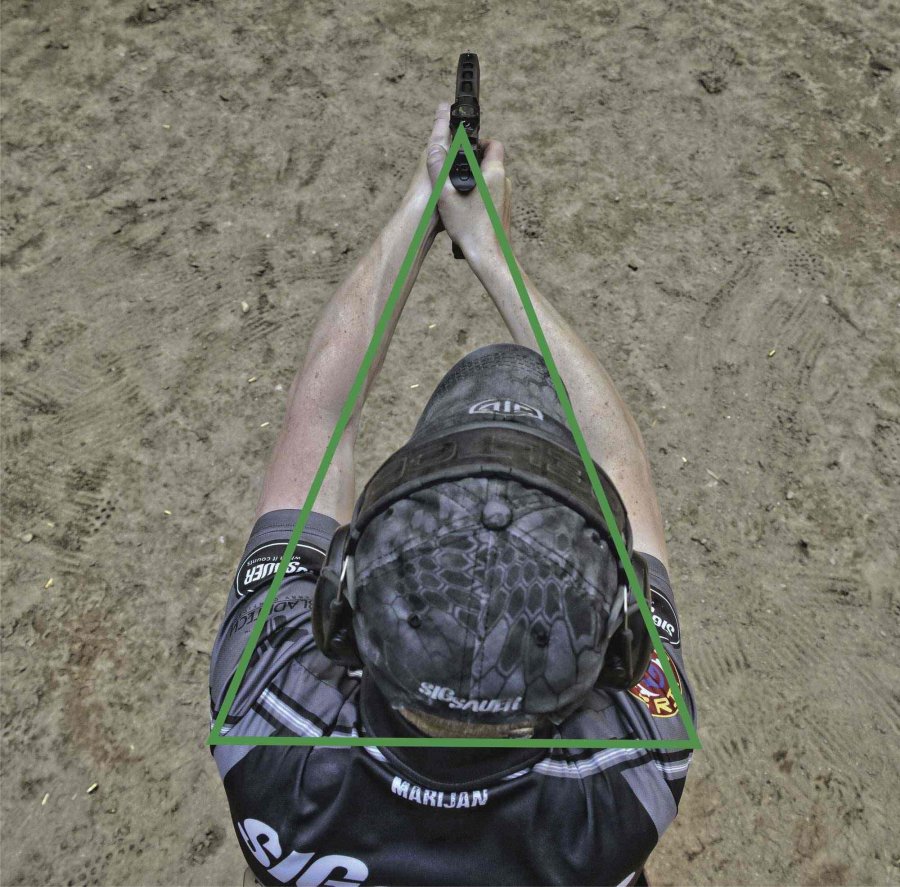
Of course, our tips and advice are not exclusively aimed at passionate IPSC shooters. Any shooter, whether athlete or hunter, can quickly and effectively improve his/her pistol shooting performance with these techniques. It's best to try it yourself at the shooting range!
You can find the first part of our "Perfect pistol shooting" series here.
Which IPSC shooting disciplines are there in the handgun division? Here is an overview of the pistol and revolver divisions.



